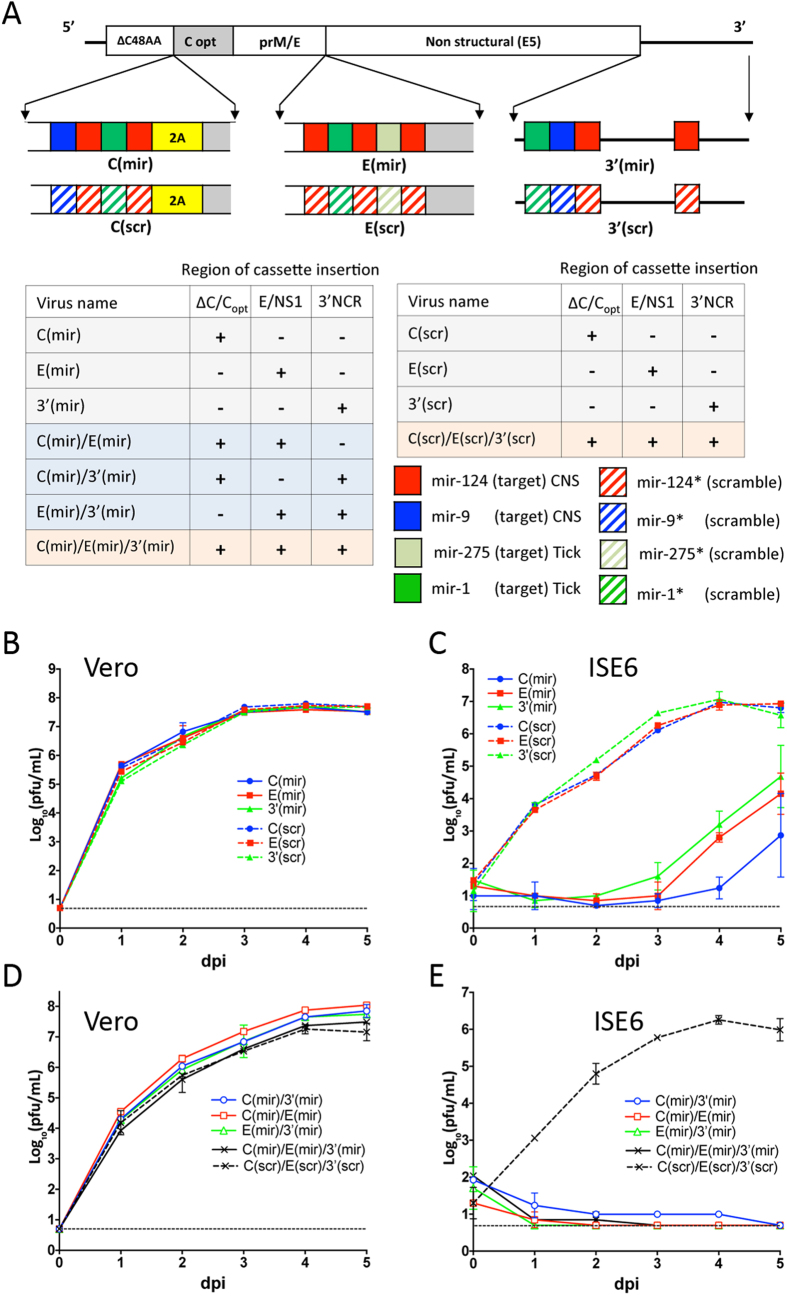Figure 4. Effect of multiple miRNA targets inserted in distant regions of LGTV genome on virus fitness in ISE6 and Vero cells.
(A) Schematic representation of viruses used in the study. The miRNA targeting cassettes, which encode targets for tick- and CNS-specific miRNAs (solid boxes), were inserted into the dCGR, dE/NS1R, and 3′ NCR individually or in combinations as indicated (see table at left bottom). For the dCGR insert: miRNA targets were introduced between C48AA region encoding 48 amino acids of truncated C protein and sequence of 2A protease from FMDV (yellow box). Grey areas (C opt) represent codon-optimized C protein gene sequence. For E/NS1 insert: a single copy of mir-1 target in E(1) virus (Fig. 2A) was replaced with a set of miRNA-targets as indicated and dE/NS1R was inserted into E5 virus. For the 3′ NCR insert: the indicated miRNA targets were introduced into sites 1–4 as shown in Fig. 3A. Four control (scr) viruses contained multiple substitutions in all miRNA target sequences (striped boxes) within every inserted cassette. (B,D) Kinetics of infectious virus recovery after plasmid DNA transfection into Vero cells. Plasmids encoding LGTV containing single (B) or multiple (D) miRNA targeting cassettes and control clones were transfected into Vero cells. Cells culture aliquots were collected daily and titrated in Vero cells in duplicate. (C,D) Growth kinetics of LGT viruses containing single (C) or multiple (E) miRNA target cassettes and control (scr) viruses in ISE6 cells infected at an MOI of 0.01.

